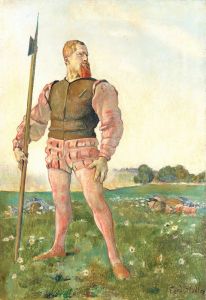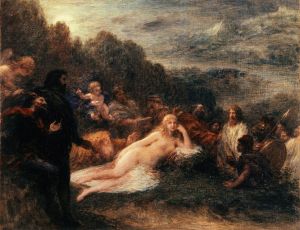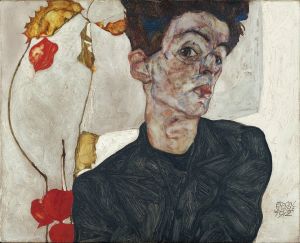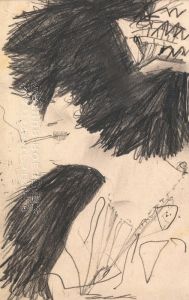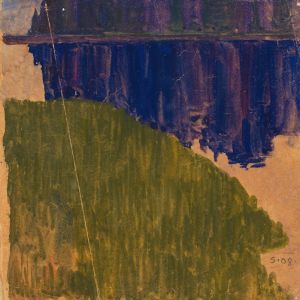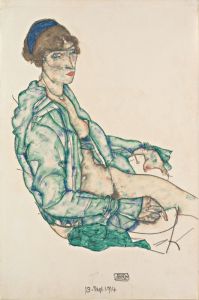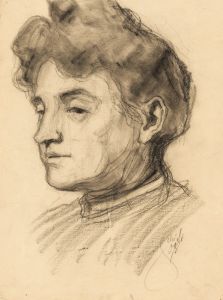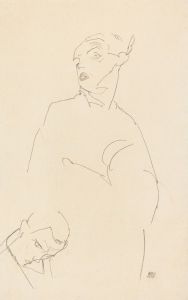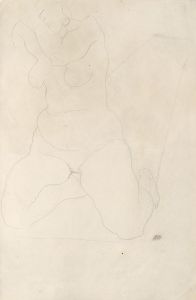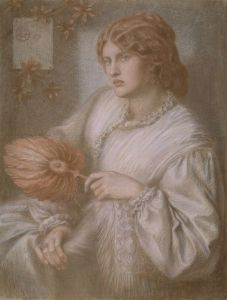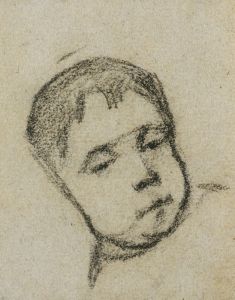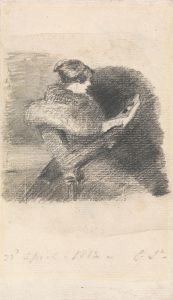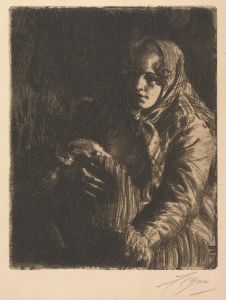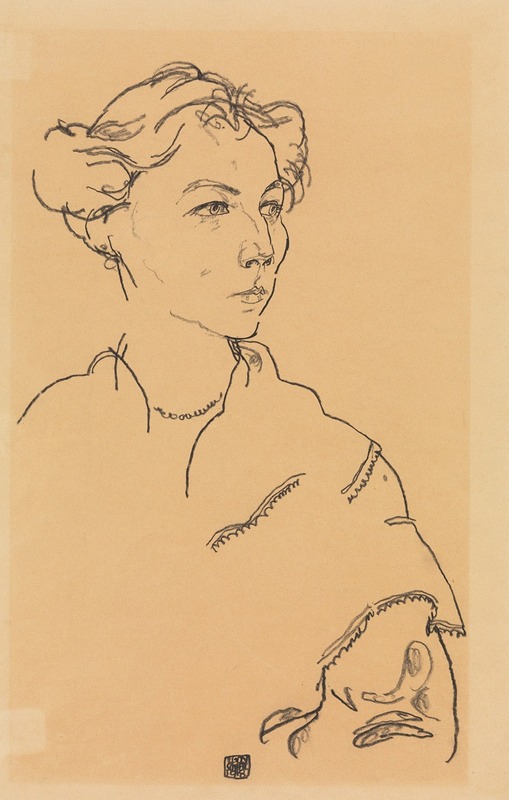
Lilly Steiner
A hand-painted replica of Egon Schiele’s masterpiece Lilly Steiner, meticulously crafted by professional artists to capture the true essence of the original. Each piece is created with museum-quality canvas and rare mineral pigments, carefully painted by experienced artists with delicate brushstrokes and rich, layered colors to perfectly recreate the texture of the original artwork. Unlike machine-printed reproductions, this hand-painted version brings the painting to life, infused with the artist’s emotions and skill in every stroke. Whether for personal collection or home decoration, it instantly elevates the artistic atmosphere of any space.
Egon Schiele, an Austrian painter known for his distinctive style and contribution to early 20th-century art, created the portrait "Lilly Steiner" in 1918. Schiele, a protégé of Gustav Klimt, was a prominent figure in the Expressionist movement, and his works are characterized by their intensity, raw emotion, and unique use of line and color.
The subject of the painting, Lilly Steiner, was part of Schiele's social circle in Vienna, a city that was a vibrant hub for artists, intellectuals, and cultural figures during this period. Lilly Steiner was married to Hugo Steiner, an art collector and patron who supported many artists of the time, including Schiele. The Steiners were known for their involvement in the Viennese art scene, and their home was a gathering place for artists and thinkers.
In "Lilly Steiner," Schiele employs his signature style, which often includes elongated forms and a focus on the psychological depth of his subjects. The portrait captures Lilly with a contemplative expression, her gaze directed slightly away from the viewer. Schiele's use of color in this work is notable; he often used a muted palette with occasional bold accents to highlight certain features or convey emotion. The background is typically sparse, drawing attention to the subject and emphasizing the emotional intensity of the portrait.
Schiele's technique involved a combination of precise, almost angular lines and softer, more fluid brushstrokes. This approach allowed him to convey both the physical presence and the inner life of his subjects. In "Lilly Steiner," the interplay of line and color creates a dynamic tension that is characteristic of Schiele's portraits.
The year 1918, when this portrait was created, was significant in Schiele's life and career. It was a time of both professional success and personal tragedy. Schiele had achieved considerable recognition and was preparing for a major exhibition in Vienna. However, the Spanish flu pandemic that swept through Europe that year claimed the lives of both Schiele and his pregnant wife, Edith, cutting short his promising career at the age of 28.
Despite his brief life, Schiele left a lasting impact on the art world. His works are celebrated for their emotional depth and innovative approach to portraiture. "Lilly Steiner" is a testament to Schiele's ability to capture the complexity of human emotion and his skill in portraying the nuanced personalities of his subjects.
Today, Egon Schiele's works, including "Lilly Steiner," are held in high regard and are featured in major art collections and exhibitions worldwide. They continue to be studied and admired for their contribution to the Expressionist movement and their enduring influence on modern art.





